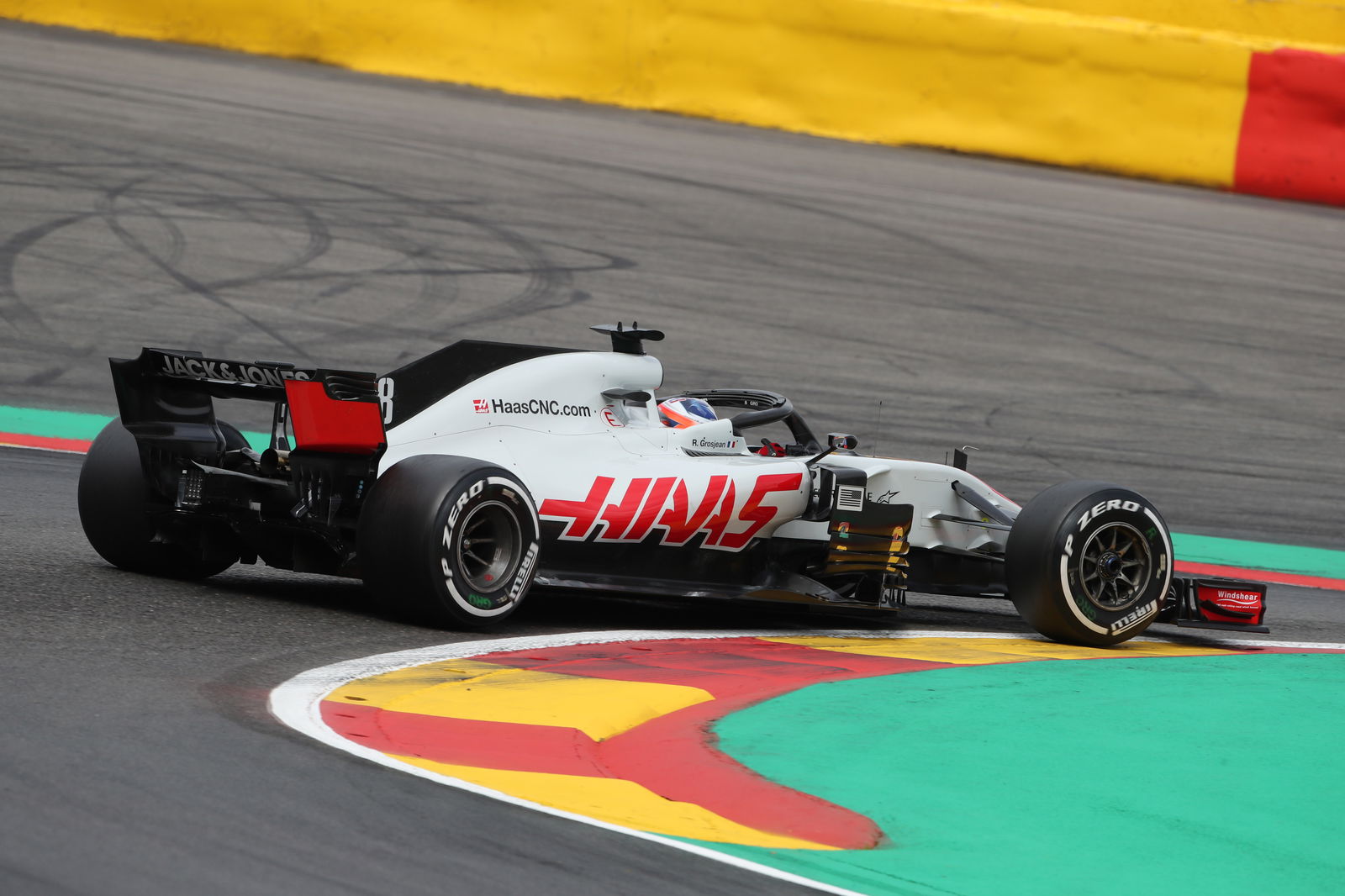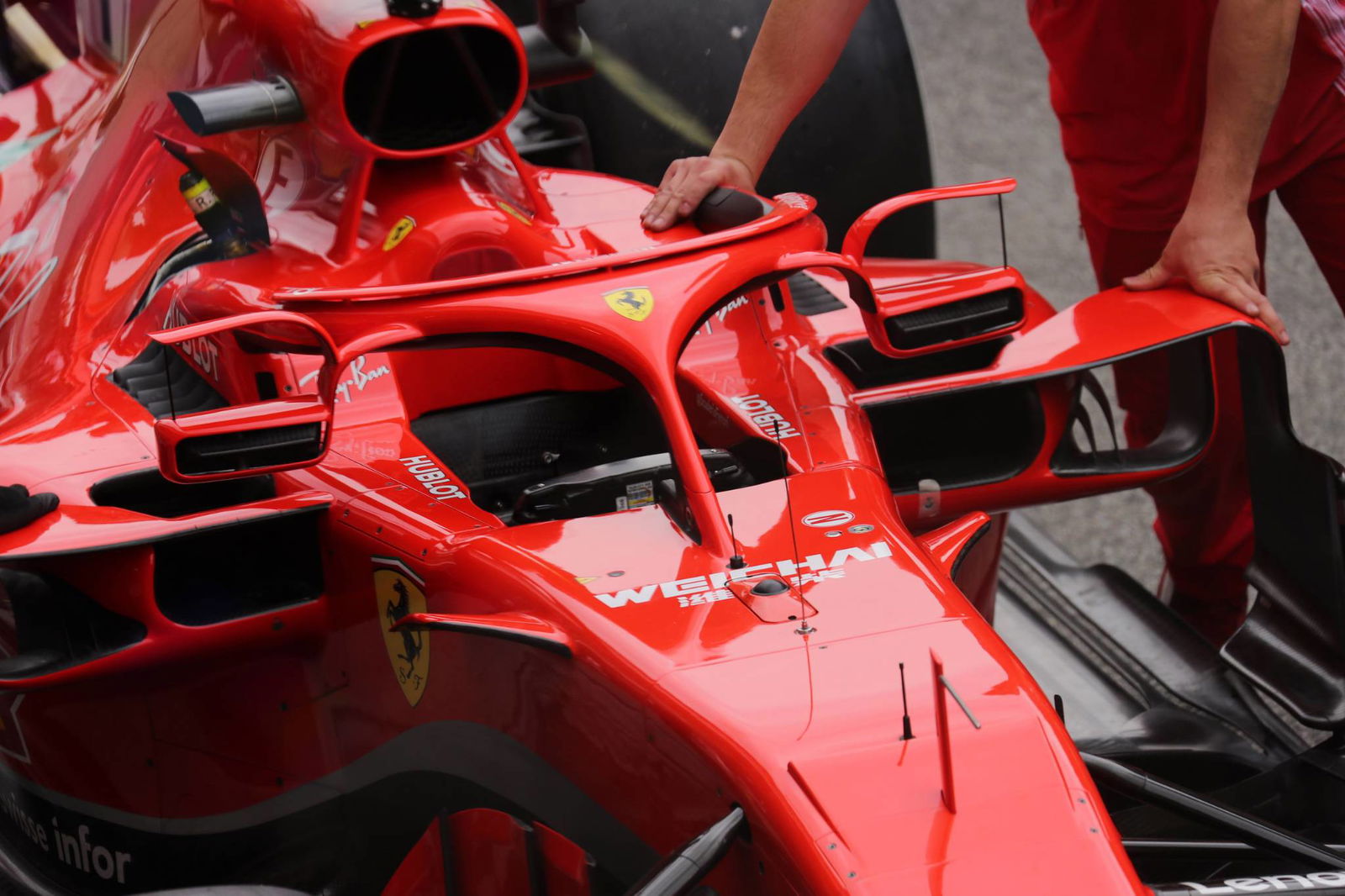How F1 teams are tackling Monza's technical challenge
Despite the introduction of several new low-drag venues to the F1 calendar such as Azerbaijan, Russia and Mexico, the Italian Grand Prix is the only round where the grid is undivided on aerodynamic setup. In fact, it is very rare that we will see a reappearance of the front and rear wing specifications used this weekend, such is their uniqueness in design geared specifically towards the straights of Monza.

Despite the introduction of several new low-drag venues to the F1 calendar such as Azerbaijan, Russia and Mexico, the Italian Grand Prix is the only round where the grid is undivided on aerodynamic setup. In fact, it is very rare that we will see a reappearance of the front and rear wing specifications used this weekend, such is their uniqueness in design geared specifically towards the straights of Monza.
Why is this though? What is so different about Monza? Afterall, Azerbaijan has the longest straight of any circuit, yet we still see medium-downforce wing levels. Put simply, it boils down to the corners between each of the long straights and the track surface.
Aside from the very slow chicanes, Monza is peppered with fairly high-speed corners (the two Lesmos, Ascari and Parabolica) of decent radius, which allows the driver to warm the tyres more sufficiently; the tarmac is also rougher than the aforementioned newer circuits, which further aids this process. This enables the use of a very low-drag package, as less emphasis is placed on keeping tyre temperatures up.
That being said, the teams do still tend to approach this task in different ways. The likes of Red Bull, Force India and Toro Rosso prefer to strip their front wing down and compliment it with uniform, very low-profile rear wing. Mercedes and Ferrari, however, generally maintain their regular front wing and favour a spoon-profile rear wing of sorts for all low-drag venues – hardly a surprise given their horsepower advantage.
TECH UPDATES

The Haas VF-18 has sported a number of new updates since the close of the summer break. Trialled – but not raced – in Belgium was a new floor, bargeboards and diffuser. Incidentally, these sorts of modifications are ideal for circuits where keeping drag to a minimum is key: sealing the floor properly and maximising its efficiency is essentially drag-free downforce.
Starting with the floor, the most visual change occurs along the side of the car where teams have populated it with various slots of different shapes and sizes. Haas have followed their older sibling team, Ferrari, by adding the longitudinal slots ahead of a series of scalloped perforations ahead of the rear tyre.
This trend was first started by McLaren, who haven’t evolved their design since the start of the season while allowing others to experiment in this area. These slots are designed to invite air flowing along the top of the floor to dive briefly under the surface before rolling out along the edge – a vortex is shed to prevent random, chaotic flows from entering the underfloor region.
The delta-shaped piece of floor behind the bargeboard has also been treated, with two extra slots present to induce a similar effect.
On the topic of bargeboards, Haas have added some subtle adjustments here and there. More vertical turning vanes – which further turn the air outward under yaw conditions – have been placed along the bargeboard footplate, while their unique slatted baffles have been reinforced with aluminium at their tips to prevent too much flexion.
Finally, at the back of the car the central and outboard sections of the diffuser have been tweaked to work in conjunction with the changes upstream, which all-in-all represents a sizable update for the team battling for best-of-the-rest kudos.

Spa and Monza are arguably the weakest races in the Red Bull 2018 campaign: the Renault engine is, as we already know, lacking, and if the weather gets wet – as it has done so often during these races – then their problems are further exacerbated as the RB14 tends to lose pace on the intermediate and wet tyres (for reasons that are not fully established).
Due to their below-par straightline speed in recent years the team have become more creative in producing low-drag aerodynamics. One of their front wing options this weekend, for example, is very reminiscent of the broken wing Daniel Ricciardo had during the latter stages of the French grand prix – perhaps this is no coincidence, given that the Australian’s pace wasn’t too far off those in front of him at the time.
However, Red Bull are not afraid to pinch other ideas from elsewhere. There are no bones about it, the rear-view mirrors introduced to the car in Belgium last week are a blatant copy of Ferrari’s clever design present on the red car since it was first launched.
Splitting the mirror housing into an inner and outer shell, air is allowed to pass through the open face of the outer body and around the back of the mirror inside through very thin restrictions to create a jet, which exits over the sidepod behind. This disturbs the low pressure region behind the mirror and thus reduces its turbulent wake; the design also redirects the surrounding flow slightly, perhaps to a more desirable location.

